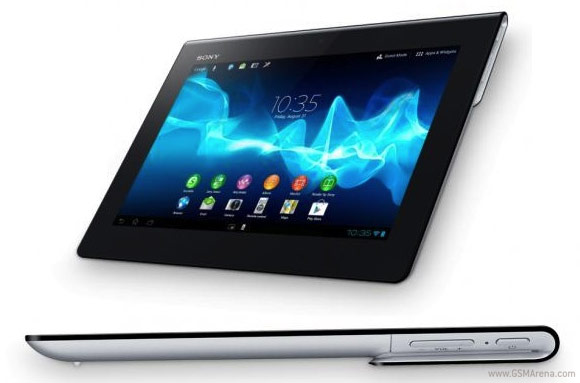
Due to the hurricane Sandy, Google had to put off its Android event scheduled in the East Cost of the USA. However, the company went ahead to announce the Samsung Nexus 10 along with the LG Nexus 4. The former is the 10inch tablet that will try and pose a threat to iPad, while the latter is a smartphone.
The Nexus 10 runs on Android 4.2 (Jelly Bean) and runs on a 1.7GHz A15 dual-core processor with 2GB RAM. The tablet has a 2560x1600 resolution display with 300 ppi, a 5 MP rear and 1.9MP front camera. It will have a set of Google services including Google Chrome, Gmail, Google Talk, Google Maps...
























